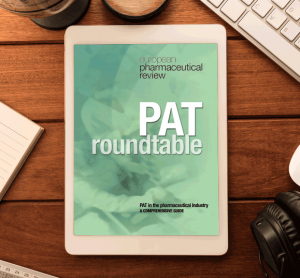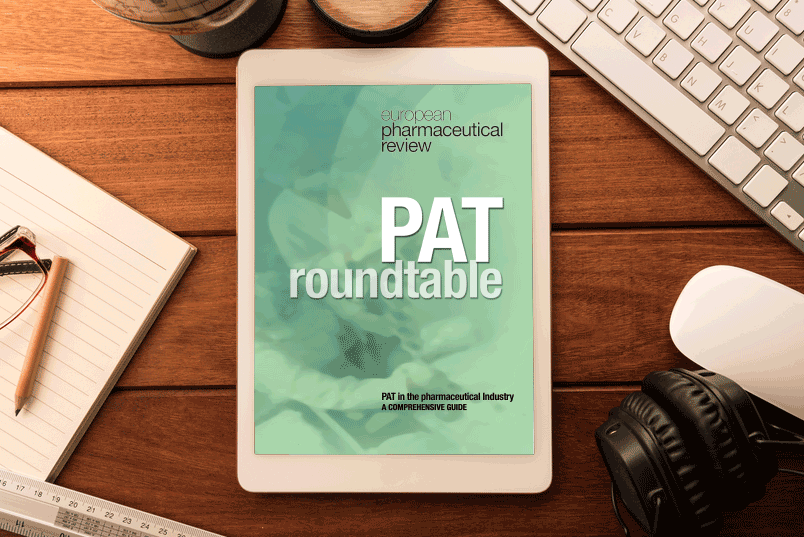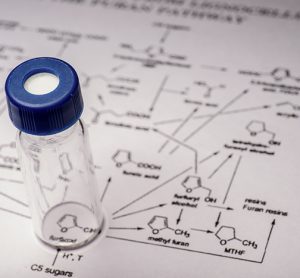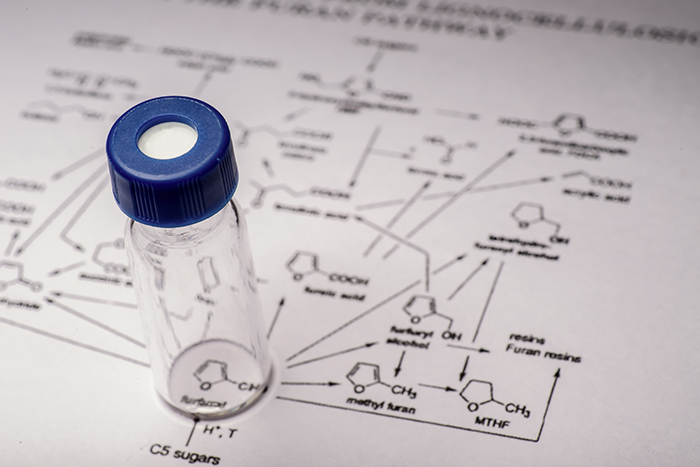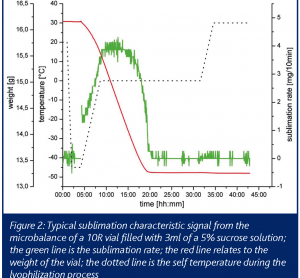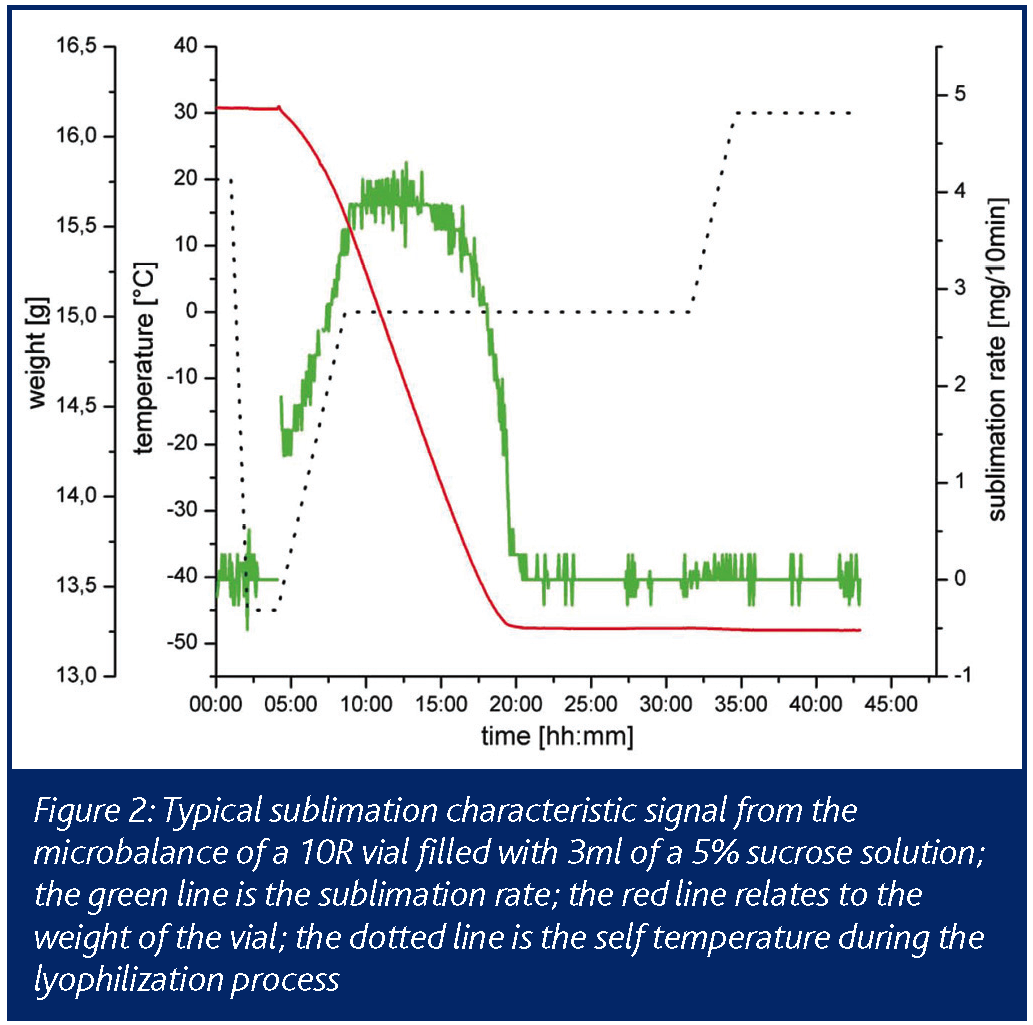article23 May 2007 | By Carl-Fredrik Mandenius, Micael Derelöv, Jonas Detterfelt, Mats Björkman, Division of Biotechnology/IFM and Division of Production Systems/IKP, Linköping University, Sweden
Process analytical technology (PAT) and mechanical design science are interconnected; this article describes how a well-established design modelling approach; the Hubka-Eder model, is applied to the concepts of PAT and quality by design (QBD). The model connects PAT with quality management concepts as defined for PAT by the ICH guidelines…



